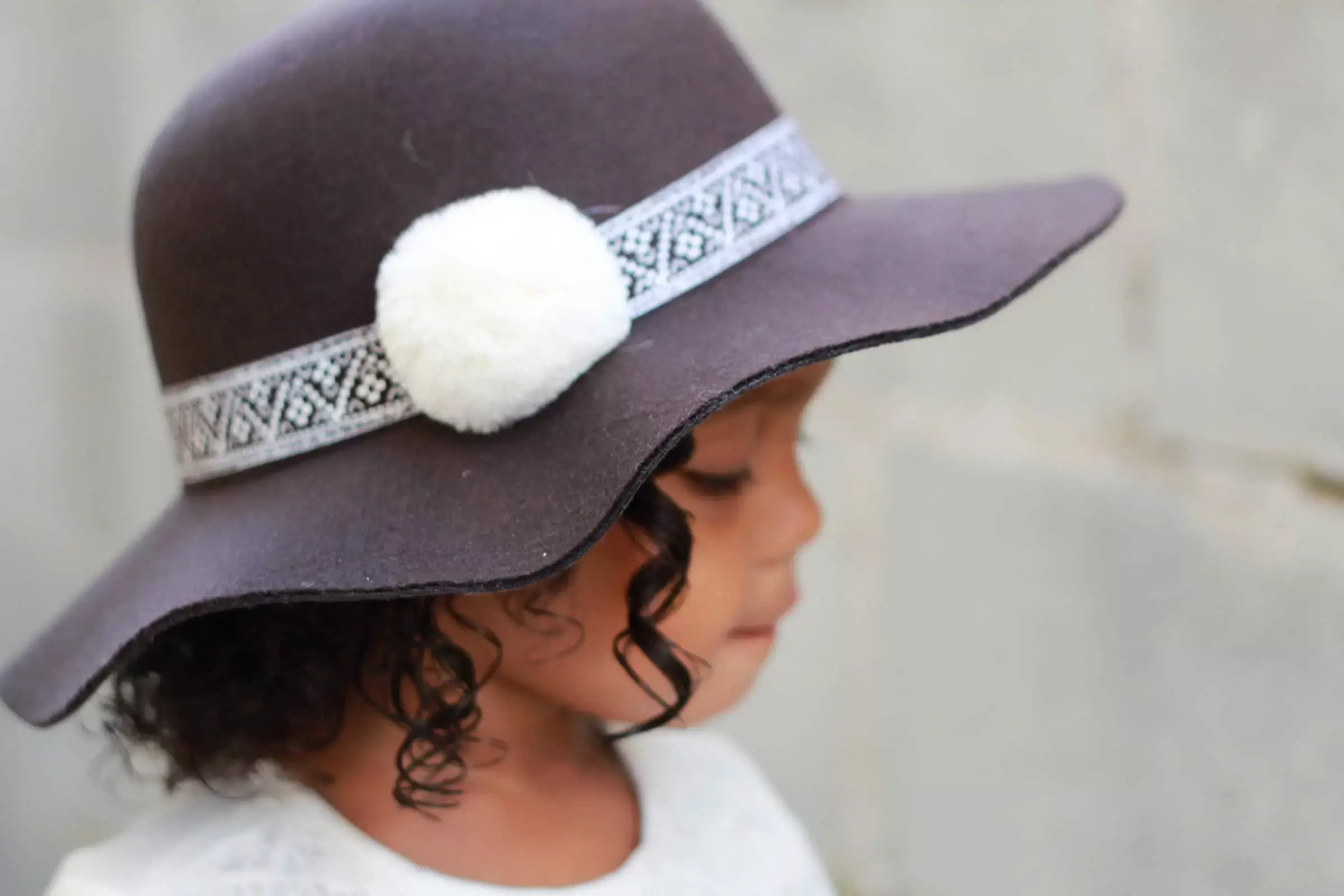Every child encounters fear, ranging from the palpable terror of loud noises to the unfounded dread of imaginary monsters lurking in their closets. These fears don’t simply appear from thin air; they are often the manifestation of a child’s developing understanding of the world around them. As children grow, they become increasingly aware of potential dangers, which can trigger alarm even in the most mundane situations. This awareness is not merely a sign of fragility; rather, it signifies a critical phase in their emotional development as independent beings.
Separation from caregivers is particularly significant in this journey. It stirs emotional responses and can induce a range of fears, from anxiety over abandonment to apprehension about the safety of loved ones. Knowing that these emotions are rooted in a child’s natural growth can provide a key lens for parents and guardians to interpret their little ones’ worries—not as unfounded fears but rather as a fundamental part of their developmental trajectory.
Developmental Milestones and Their Impact on Fears
It’s essential to understand the various stages in a child’s life as they pertain to fears and anxieties. For instance, infants from birth to six months often react to unexpected loud sounds with alarm. This reaction is not merely a reflex but a primal response, emphasizing their dependency on caregivers for comfort and security. At this stage, the concept of object permanence is just taking root, thus making separation from a caregiver deeply unsettling.
As children reach ages seven to twelve months, they begin to exhibit a more nuanced understanding. They not only recognize their primary caregivers but also develop an awareness of causality. Consequently, loudly crying might elicit a comforting response, reinforcing their emotional ties and creating a framework through which they interpret the world. Here, the fear of strangers becomes apparent—indicating a growing attachment and need for familiarity as they learn to navigate social contexts.
In the subsequent years, children’s imaginations take flight, often leading to vivid dreams and fantastical fears surrounding monsters and darkness. This creativity is an indicator of cognitive and emotional growth, but it also requires the support of caregivers to help mitigate the overwhelming feelings of fear. A child’s ability to voice their fears about losing a loved one or being hurt reflects an emerging self-awareness that can lead to anxiety about life’s uncertainties.
Peer Influence and the Adolescent Experience
As children transition into adolescence, the landscape of fears shifts dramatically. Personal relationships become paramount, and the pressures of social dynamics can weigh heavily. An adolescent’s anguish over school performance, peer perception, or even larger issues like political stability speaks volumes about their budding capacity to think critically about their environment. The fears they harbor might morph from childhood anxieties into complex layers involving self-image and existential concerns about the future.
At this critical age, many teenagers exhibit symptoms of anxiety, stemming from their need to reconcile individuality with societal expectations. They may find solace in superstitions or rituals, attempting to exert control over their unpredictable worlds. This reflects a deeper psychological need for stability amidst the chaos of adolescence, showcasing their struggle for identity and reassurance.
Fostering Resilience Through Connection
To navigate these turbulent waters of fear and anxiety, the role of adult caregivers is indispensable. Establishing strong emotional connections is crucial. Through active listening and validation, adults can help children articulate their fears, fostering an environment conducive to emotional exploration. The act of simply acknowledging a child’s feelings is transformative; it cultivates a sense of safety that allows them to confront rather than flee from their fears.
Moreover, engaging children in playful activities related to their anxieties can be an effective strategy. Games that simulate minor fears, such as hide-and-seek or storytelling that incorporates elements of suspense and bravery, provide opportunities for children to learn how to cope with fear. In facing fears in a controlled setting, children can begin desensitizing themselves to their everyday anxieties.
Equally important is teaching children the value of emotional expression. Encouraging them to express sadness or disappointment about their fears can lead to catharsis, reducing the internalized anxiety they may carry. Offering support in moments of vulnerability, particularly through tears, can be a turning point in their ability to process fear, evolving it into something manageable rather than paralyzing.
Nurturing Courage and Self-Discovery
Building courage in a child aligns closely with fostering an understanding of their fear. The younger a child is, the more challenging it can be for them to articulate their anxieties. Their emotional intelligence is still developing, and often their responses are rooted in instinct rather than logic. In these moments, it’s crucial for caregivers to step in as allies, guiding children toward bravery through incremental challenges that respect their current emotional capacity.
As they grow older, encouraging teens to reflect on their fears through dialogue can help them distinguish their internal conflicts. This evolution allows them to link their fears to their desires, empowering them to navigate their challenges with newfound strength. It is a critical phase, wherein the parent or guardian’s steady presence can help shape a child’s ability to transform even the most daunting fears into pathways of personal growth. This journey toward resilience ultimately molds a generation capable of facing an unpredictable world with confidence.

